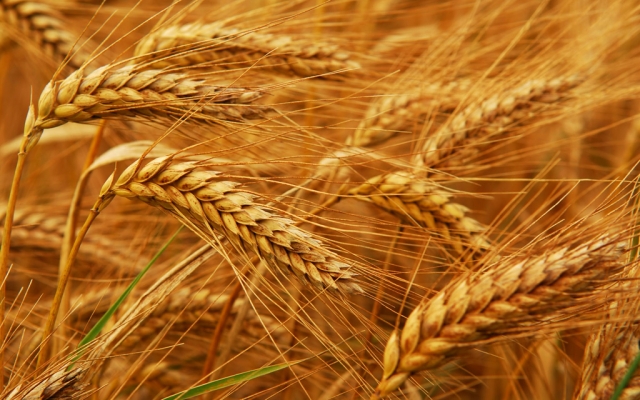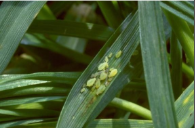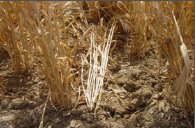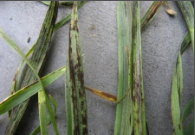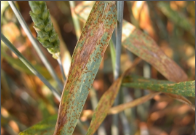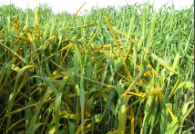HD 2380: Suitable for timely sown irrigated areas. Ready to harvest in 105 to 110days. Gives average yield of 12-14qtl/acre.
MACS 2496: Suitable for timely sown irrigated areas. Ready to harvest in 105 to 110days. Gives average yield of 12-14qtl/acre.
HD 2189: Suitable for timely sown irrigated areas. Ready to harvest in 110 to 115days. Gives average yield of 12-14qtl/acre.
AKW 381: Suitable for timely sown as well as late sown irrigated areas. Ready to harvest in 110 to 115days. Gives average yield of 12-14qtl/acre.
MACS 2846: Suitable for timely sown irrigated areas. Ready to harvest in 110 to 115days. Gives average yield of 12-14qtl/acre.
AKW 3722: Suitable for timely sown irrigated areas. Ready to harvest in 105 to 115days. Gives average yield of 12-14qtl/acre.
HI 999: Suitable for late sown irrigated areas. Ready to harvest in 100 to 105days. Gives average yield of 10-12qtl/acre.
HD 2501: Suitable for late sown irrigated areas. Ready to harvest in 105 to 110days. Gives average yield of 10-12qtl/acre.
NIAW 34: Suitable for late sown irrigated areas. Ready to harvest in 100 to 105days. Gives average yield of 10-12qtl/acre.
AKW 1071: Suitable for timely as well as late sown irrigated areas. Ready to harvest in 100 to 105days. Gives average yield of 10-12qtl/acre.
N 59: Suitable for rainfed areas. Ready to harvest in 115-120days. Gives average yield of 3.2 to 4 qtl/acre.
MACS 1967: Suitable for rainfed areas. Ready to harvest in 105-110days. Gives average yield of 3.2 to 4 qtl/acre.
NI 4539: Suitable for rainfed areas. Ready to harvest in 105-110days. Gives average yield of 4 to 4.8 qtl/acre.
AKDW 2997-16: Suitable for rainfed areas. Ready to harvest in 115-120days. Gives average yield of 4.8 to 5.6 qtl/acre.
Other varieties: RAJ 1555, DWR 39, DWR 162, Chandoshi, Diwani 1, Diwani 7, Mahico 7070, Western 11, Purna, HD 2501.
Other state varieties:
WH 416: Suitable for early and timely sowing. Suitable for low fertile but irrigated lands. Grains are long, medium in size with amber colour. Resistant to brown rust but susceptible to yellow rust. Gives average yield of 22qtl/acre.
WH 283: Suitable for timely sowing areas. Grains are medium, hard and having shiny amber colour. Resistant to brown and yellow rust. Gives average yield of 20qtl/acre.
WH 147: Suitable for timely sowing, low fertile and irrigated lands. Grains are medium, soft and having shiny amber colour. Resistant to brown rust and kernel blunt disease. Gives average yield of 20qtl/acre.
WH 157: Suitable for timely sowing, fertile and irrigated lands. Grains are bigger, hard and having colour. Gives average yield of 19qtl/acre.
Kalyansona: A double dwarf wheat with wide adaptation recommended for cultivation all over India. This variety is very vulnerable to rust. It is, therefore, advisable to grow it only in rust free regions.
UP-(368): High yielding variety developed by Pantnagar. It is resistant to rust and Karnal bunt.
WL-(711): It is single dwarf, high yielding and medium maturing variety. It is moderately susceptible to powdery mildew and Karnal bunt.
UP-(319): It is triple dwarf wheat with high level of rust resistance. To avoid losses to shattering, it should be harvested at appropriate time.

